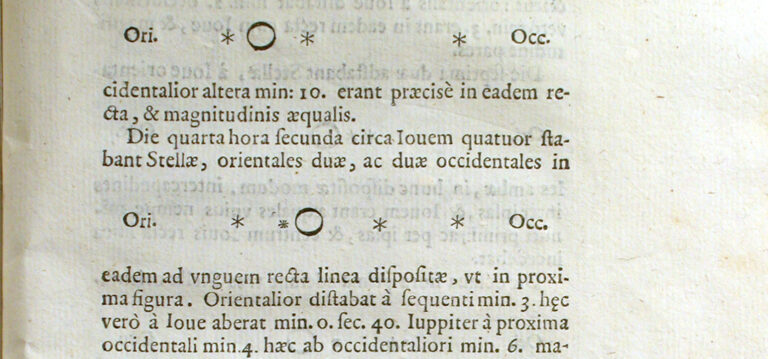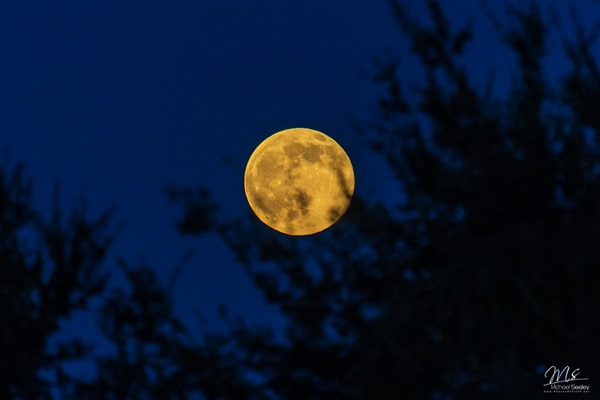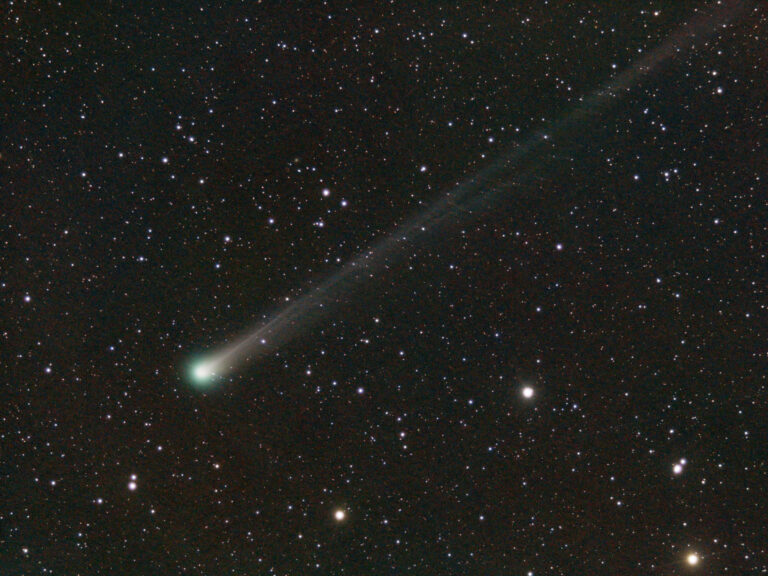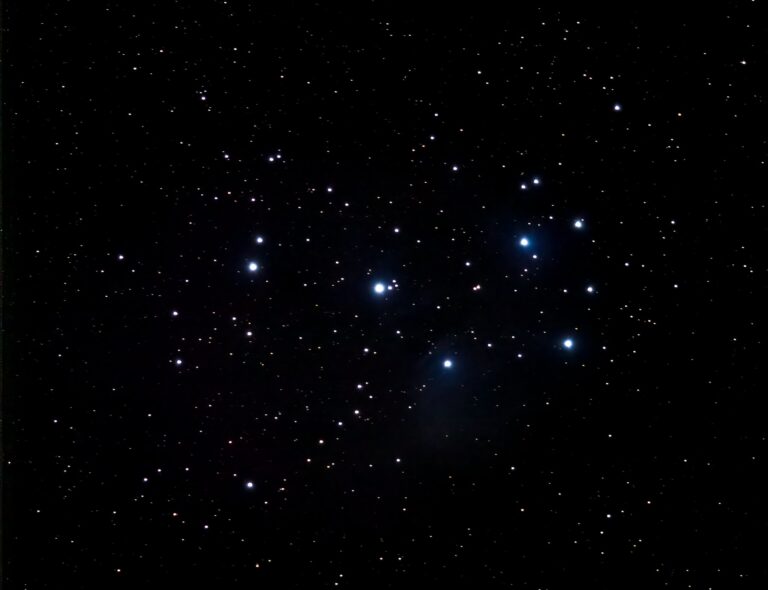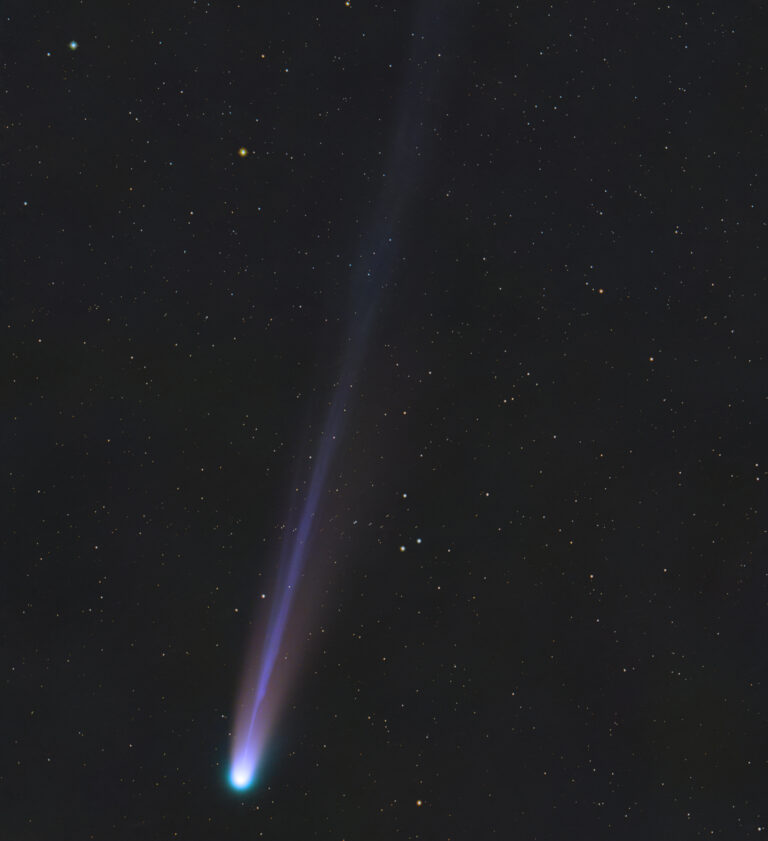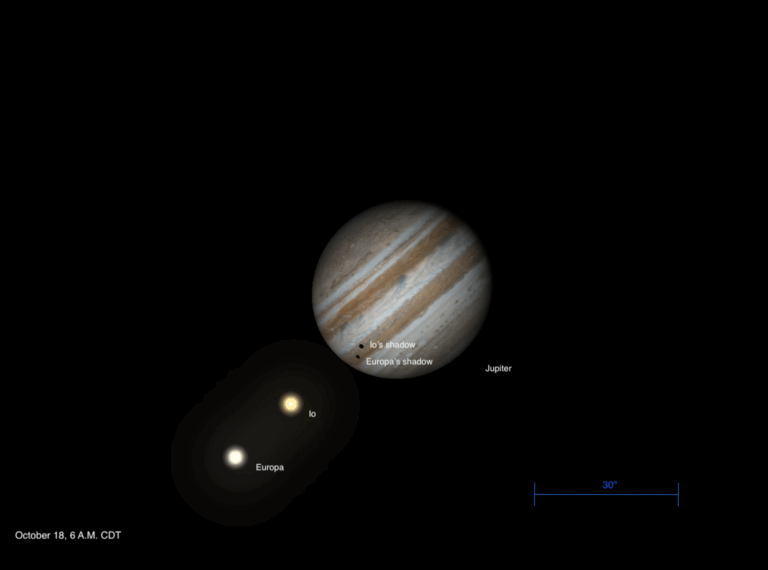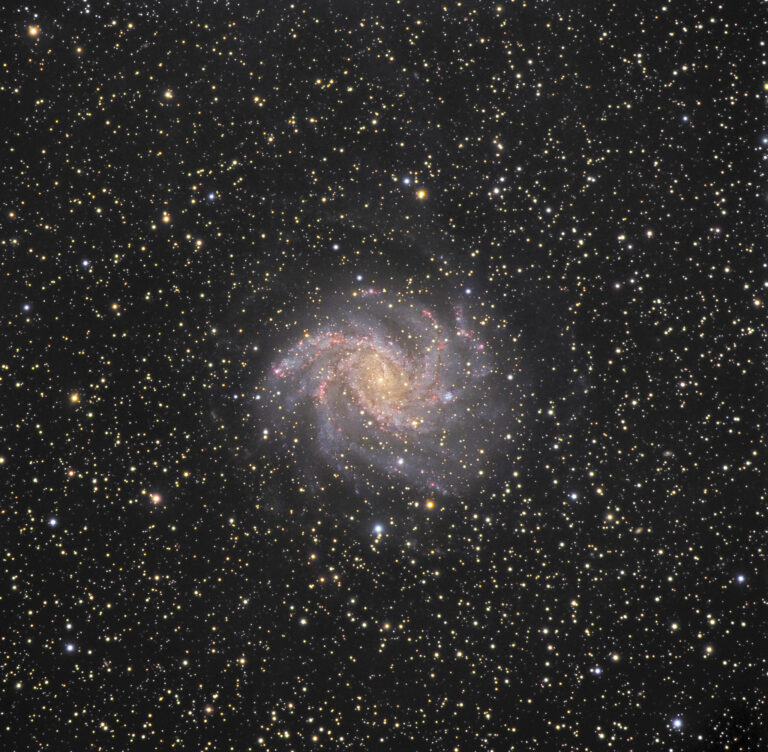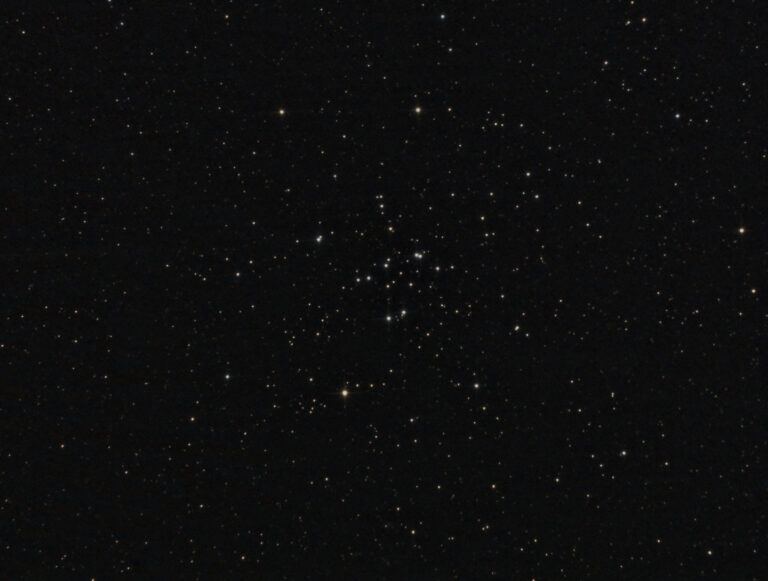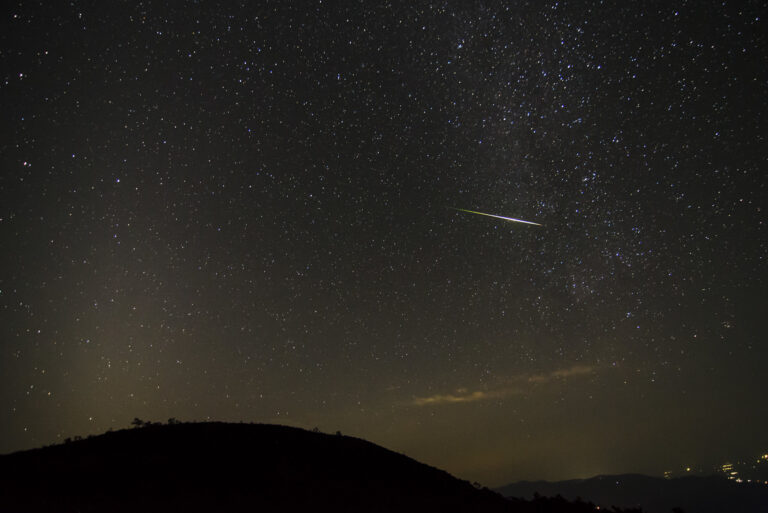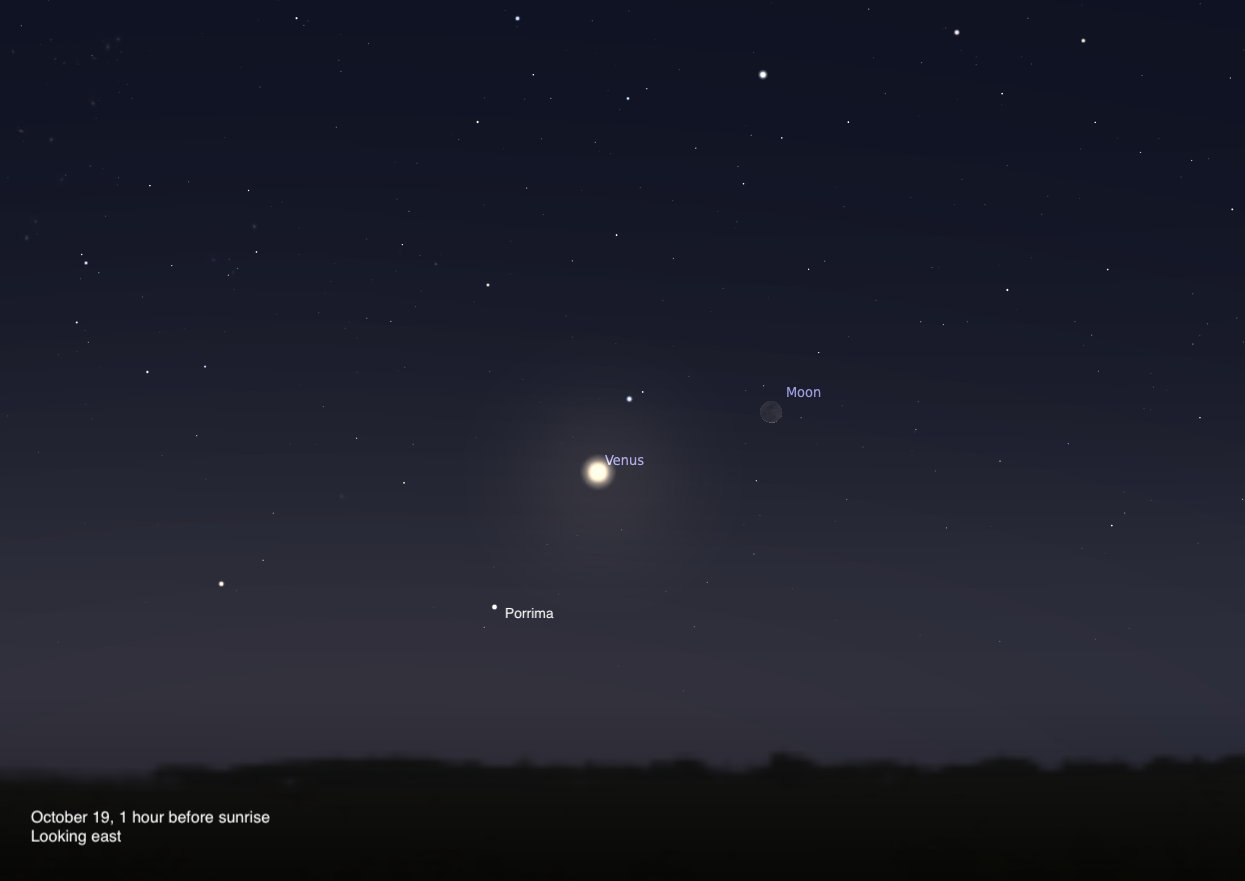
Key Takeaways:
- On October 18, the predawn sky features a close celestial alignment of the Moon and Venus within the constellation Virgo.
- Venus appears as a magnitude -3.9 object, exhibiting a 94% illuminated gibbous phase with an 11 arcsecond disk, while the Moon is a delicate, 4% illuminated waning crescent positioned 4 degrees west of Venus.
- Observations include the 3rd-magnitude double star Porrima (Gamma Virginis), located below the Moon and Venus, characterized by components separated by approximately 4 arcseconds.
- The Moon is predicted to pass 4 degrees due south of Venus at 6 P.M. EDT, with specific local times provided for sunrise, sunset, moonrise, and moonset.
Looking for a sky event this week? Check out our full Sky This Week column.
October 18: Io, Europa, and their shadows cross Jupiter
The Moon and Venus hang close together in the predawn sky, sharing the sky in the constellation Virgo. An hour before sunrise, look east to spot Venus, the brightest point of light, blazing at magnitude –3.9 nearly 7° above the horizon and climbing. The delicate crescent Moon lies to its upper right, just 4° to the planet’s west.
Through a telescope, Venus appears 94 percent lit, its gibbous phase opposite the Moon’s thin crescent phase, with only some 4 percent of our satellite lit this morning. Venus’ disk stretches 11” on the sky, making its phase readily visible in the eyepiece.
Below them is the 3rd-magnitude star Porrima (Gamma Virginis), a famous double star with components about 4” apart, easy to split in a telescope. They are nearly identical blue-white suns that shine at roughly the same magnitude.
The Moon will pass 4° due south of Venus at 6 P.M. EDT this evening.
Sunrise: 7:15 A.M.
Sunset: 6:14 P.M.
Moonrise: 5:27 A.M.
Moonset: 5:18 P.M.
Moon Phase: Waning crescent (2%)
*Times for sunrise, sunset, moonrise, and moonset are given in local time from 40° N 90° W. The Moon’s illumination is given at 10 P.M. local time from the same location.

